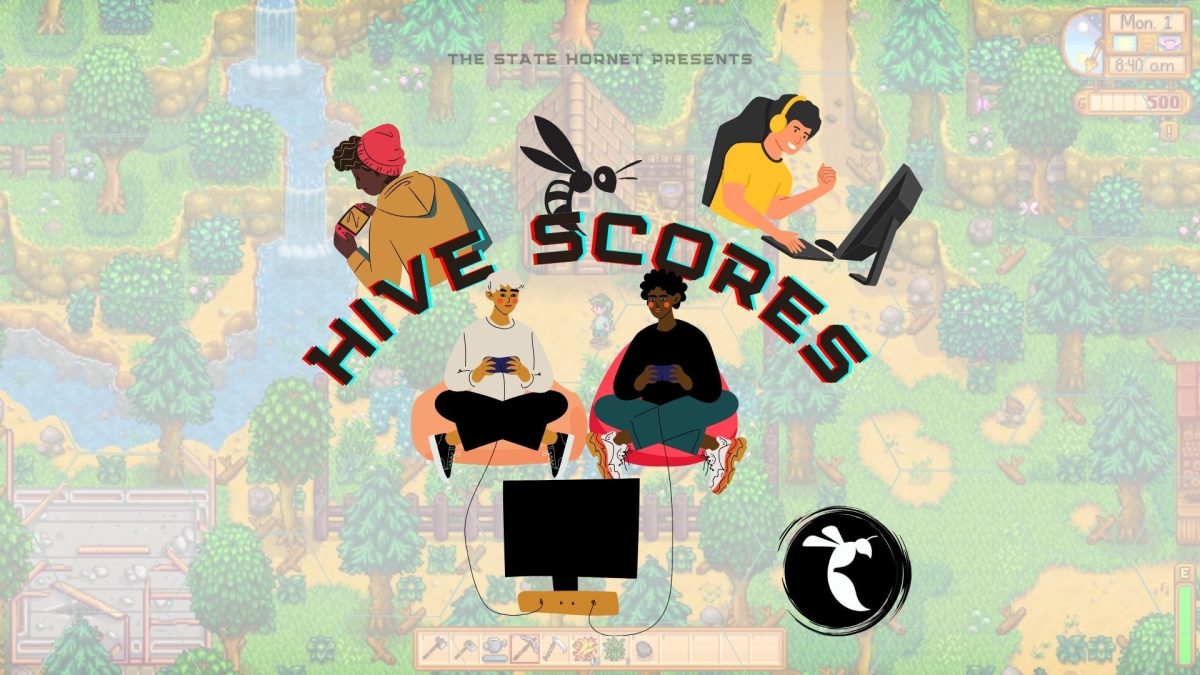President Luke Wood announced Sacramento State’s Native American College last Friday, November 8. The college will be the first in the California State University system, offering education that revolves around Native culture and communities, according to the program’s website.
The groundbreaking program is expected to open in the fall of 2025 but for now the Esak’timá Center serves as another campus resource for Native students.
The center officially opened March 8 to serve as a communal space for Native American students. It has since become an integral resource, welcoming all students with open arms and a plethora of amenities.
Located on the first floor of Lassen Hall in room 1100, students are encouraged to stop by and take advantage of the quiet space to study or socialize with other students.
Students can participate in cultural activities, such as beading workshops and documentary screenings. The center offers academic advising, free laptop rentals, testing supplies, printer usage and “some of the best snacks on campus,” sophomore kinesiology student and student assistant Mickey Nelson said.
Nelson said the center is important for other Native students, especially those who are far from home.
“It gives them a place to actually connect with others and continue their cultural values and traditions,” Nelson said.

Student assistant Spencer Munoz Pearson, a senior philosophy major and Native American studies minor, said having a place for an underrepresented community is important for students and their learning.
“Having that presence and that space for the students has actually scientifically been shown to improve people’s educational experiences,” Pearson said. “When they feel like they have a place that they can call home.”
Pearson said the center prides itself on having a safe space for Native students where other spaces on campus may lack.
Pearson said native students speak to him regarding their other classes and how discussions feel “blatantly” anti-Native. He said microaggressions felt by native students often stem from ignorance and cultural framing, not ill intent.
“There’s just not that knowledge base of that background,” Pearson said. “You don’t have to worry about that here. You don’t have to worry about microaggressions.”
Some students gather on a daily basis to interact with one another. Others take advantage of a quiet study space, such as Tru Billie, a freshman health science major, who is experiencing her first semester on campus away from her home in New Mexico.
RELATED: When the dead rejoin the living: Sac State’s fifth Día de los Muertos gathering
“It’s quiet,” Billie said. “It feels like something that helps you study and motivate yourself, as well.”
Outside of the center, Billie said she felt a lack of Native representation on campus. Billie said she thrives in the space, as it provides a home away from home.
“This is like a whole new [more] diverse environment than I’m used to. I’m only used to seeing my own tribe,” Billie said. “Having other Native students [here] really helps a lot.”
As the center continues to grow, faculty members like Pearson and Nelson said they hope that more students will become aware of its existence and take advantage of the amenities it has to offer. Growth of the center is anticipated in the near future, especially after the Native American College announcement.
“This is the space where you’re with people who generally will just have the same cultural background as you,” Pearson said.
The Esak’timá center is open Monday from 9 a.m. to 4 p.m. and Tuesday through Friday from 9 a.m. to 5 p.m.


























































































































Queen green • Nov 27, 2024 at 12:27 pm
This article was very well written and I love that light was shed on the native representation at Sac State !